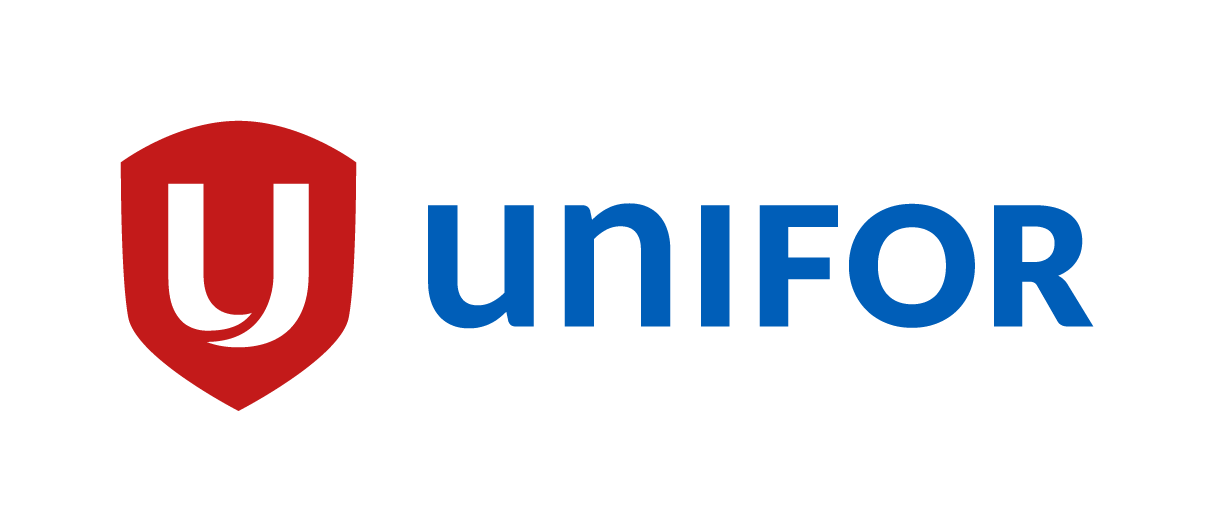
Share
In September, the federal government and the Canada Mortgage Housing Corporation launched the Rapid Housing Initiative (RHI), a $1 billion housing program meant to support the creation of up to 3,000 new affordable housing units, the acquisition of land, and the conversion and rehabilitation of existing buildings to affordable housing. The RHI is part of the federal government’s National Housing Strategy, an ambitious 10-year, $55 billion-plus plan launched in November 2017 that will create 100,000 new housing units and repair or renew thousands more.
Shelter remains the single biggest expense for the majority of Canadian households, and more than 1.6 million Canadian households lived in core housing need in 2018.
The labour movement in Canada has been active in the fight for housing justice for decades.
Despite this good work, there is so much more that unions in Canada can and should do.
Frankly, it’s a matter of simple math. As we fight at the bargaining table to win wage increases at or above the rate of inflation, for many of our members, their housing cost – the main driver of their cost of living – is increasing at a much faster rate.
For example, for homeowners, house prices in Canada increased 69.1% between 2007 and 2017, while median income rose by 27.6% in that same period. For renters, the story is the same. The average wage for a non-union worker in Canada in 2019 increased by 3% from the year before, while average rental rates in Canadian CMAs increased by 4.1% (and that increase was much higher in some key Canadian cities).
The fight for housing justice is also the fight for equity and racial justice, a key pillar of union work. Young workers, service sector workers, racialized workers, immigrant workers, 2SLGBTQI+ workers, Indigenous workers, disabled workers – belong to groups that are less likely to own homes and far more likely to feel the negative effects of the housing crisis. For example, 20.1% of visible minority households were in core housing need in 2016, compared to 11.2% for non-visible minority households. 21% of Indigenous people were in core housing need in that same year, compared to 11% for non-Indigenous people.
Greater union engagement in the fight for housing justice will vary depending upon the circumstances. It might mean turning out members to local planning hearings to support the development of more shelter and transitional housing. It might mean mobilizing activists to help protect vulnerable tenants – in some cases co-workers - threatened with eviction. It might mean helping fund local housing justice coalitions.
The global pandemic has exposed deep cracks in Canada’s social safety net, worsening the already serious housing crisis. While the pandemic may have contributed to some positive effects including flattening or even falling rents in some Canadian cities, much more concerning are a bevy of negative impacts including a sharp rise in homelessness, a wave of covid-related evictions, and ever-hotter housing prices in some key Canadian markets. The Rapid Housing Initiative is a great next step in addressing Canada’s housing crisis, but more needs to be done, and unions have a role to play. The global pandemic has shown us there’s no better time than now for the labour movement to roll up its sleeves and more actively engage in the fight for housing justice.



